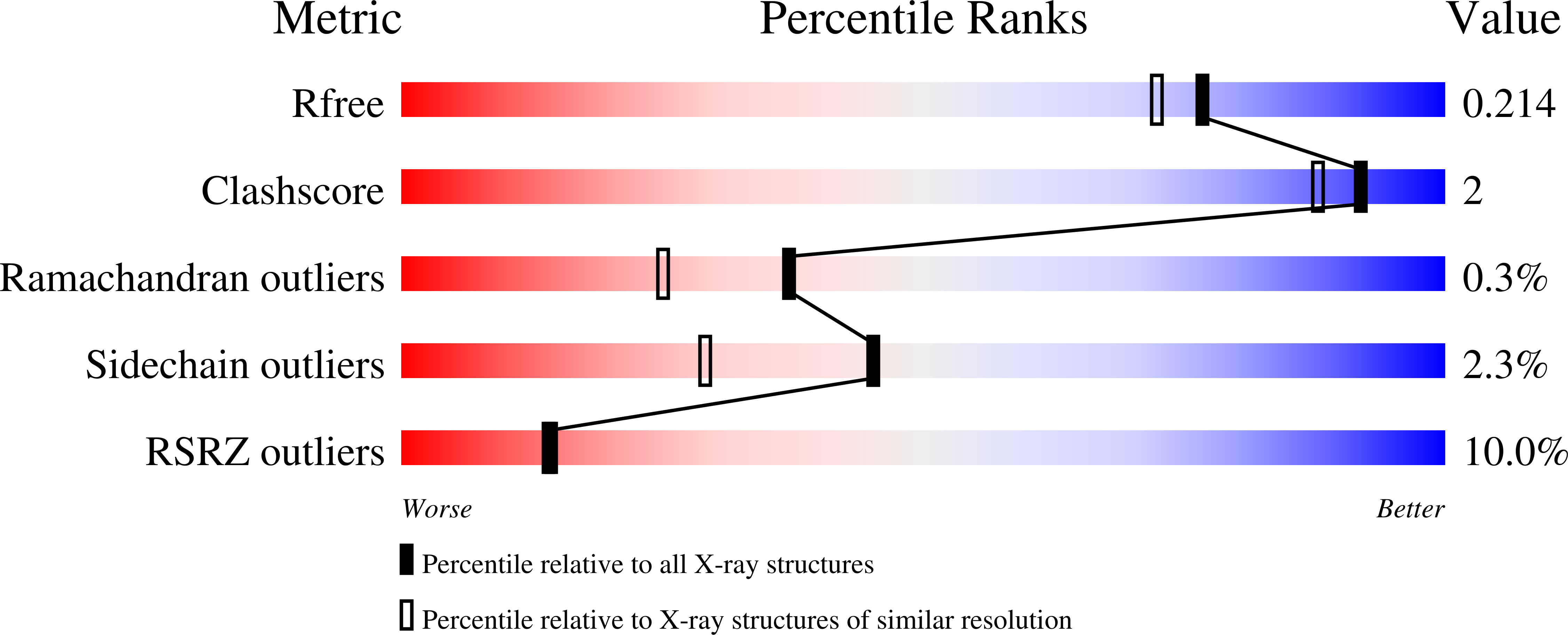
Deposition Date
2023-09-21
Release Date
2025-01-15
Last Version Date
2025-03-12
Entry Detail
PDB ID:
8QM4
Keywords:
Title:
Potential drug binding sites for translation initiation factor eIF4E
Biological Source:
Source Organism:
Homo sapiens (Taxon ID: 9606)
Host Organism:
Method Details:
Experimental Method:
Resolution:
1.85 Å
R-Value Free:
0.21
R-Value Work:
0.19
R-Value Observed:
0.19
Space Group:
P 1 21 1


